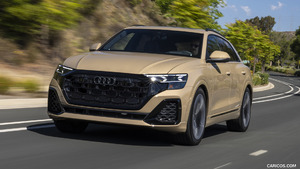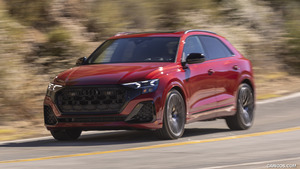2024 Mercedes-Benz eSprinter
The all-new Mercedes-Benz eSprinter is a versatile all-rounder with an impressive triad of efficiency, range and load capacity. Mercedes-Benz Vans is electrifying North America: For the first time, American customers can make their fleet more sustainable with a locally emission-free, battery-electric van bearing the Mercedes star. The cargo van variant of the all-new eSprinter with the highest range will be launched in the U.S. and Canada in the second half of 2023, while the market launch in Europe will follow towards the end of 2023. Production network expanded: The all-new Mercedes-Benz eSprinter will be produced in Charleston (South Carolina/USA) and Ludwigsfelde, Germany in the future in addition to the Mercedes-Benz plant in Düsseldorf.
Mercedes-Benz Vans is systematically electrifying all model series. The all-new eSprinter impresses with efficiency, range and load capacity, and is a true cosmopolitan: Produced in North America and Europe, it will underline the claim to "Lead in Electric Drive" in around 60 markets in the future.
The all-new eSprinter comes with a multitude of technical innovations and is based on a new concept consisting of three modules. These allow the greatest possible freedom in the development and design of various conversions and superstructures previously only known from the conventionally powered Sprinter.
The front module, a uniformly designed front section, includes all high-voltage components and can be combined unchanged with all vehicle variants, regardless of wheelbase and battery size. The module for the integrated high-voltage battery is located in the underbody to save space. The battery location between the axles, together with the robust battery housing, results in a low center of gravity, which has a positive influence on handling and increases driving safety. The third pillar of the modular design is the rear module with the electrically driven rear axle. Following the principle of the common parts strategy, this is used in all variants of the all-new eSprinter. The compact and powerful electric motor is also integrated into the rear module.
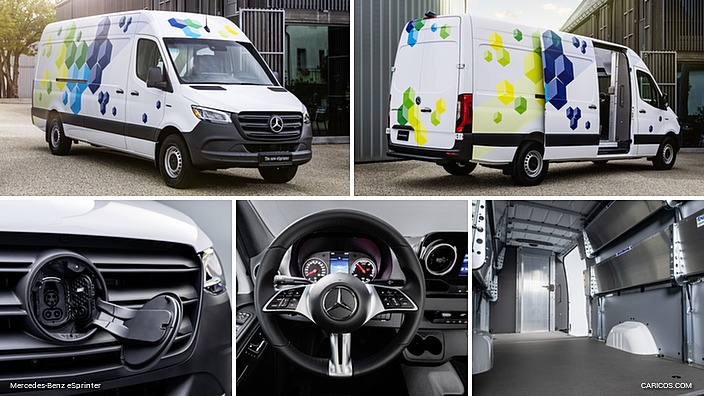 2024 Mercedes-Benz eSprinter
2024 Mercedes-Benz eSprinter
Mercedes-Benz has invested around 350 million euros in the all-new eSprinter. Around 50 million euros will be invested in each of the three plants in Charleston, Düsseldorf and Ludwigsfelde to adapt their production. The modular concept of the all-new eSprinter allows maximum synergies in production and therefore, corresponding economies of scale.
Mathias Geisen, Head of Mercedes-Benz Vans, is convinced: "The new Mercedes-Benz eSprinter consistently follows our strategy - to be the leader in electric mobility with the most desirable vans while achieving profitable growth worldwide."
The all-new eSprinter is versatile and efficient
The market launch of the all-new eSprinter will begin in the U.S. and Canada in the second half of 2023 as a long cargo van with a high roof. It is equipped with the largest battery available, which has a usable capacity of 113 kilowatt hours. The load capacity is 488 cubic feet and the permissible gross vehicle weight is 4.25 tons.
The electric range, based on a simulation using the WLTP cycle, will be up to 400123 kilometers (~248.5 miles). The simulated range based on the WLTP city cycle will be up to 500123 kilometers (~311 miles). These ranges also make the vehicle ideal for longer journeys.
"With the new eSprinter, we are taking the electric large van segment to a new level. The triad of efficiency, range and load capacity with simultaneous TCO optimization makes the new eSprinter the most versatile Mercedes-Benz eVan ever," says Mathias Geisen.
Highlights
You can't see it on the outside of the all-new Mercedes-Benz eSprinter, but if you look at the technology installed in the vehicle and the cloud-based services in the Mercedes me connect4 digital ecosystem, it becomes clear: the focus is consistently on added benefit for customers.
The electric powertrain (eATS)
The main components of the eATS in the all-new eSprinter are two new developments: the efficient motor and the innovative electric rear axle, both of which are being used for the first time in a battery- electric van from Mercedes-Benz.
The permanent magnet synchronous motor, which weighs only around 286 lb., is characterized by particularly high efficiency and optimized thermal management. The motor is available in two power levels, with 100 or 150 kilowatts of peak output, and delivers a torque of up to 400 newton meters (~295 ft.lb.).
High-voltage battery and charging
At launch, North American customers will be offered the largest battery available for the new Mercedes- Benz eSprinter with a usable capacity of 113 kilowatt hours. Lithium/iron phosphate (LFP) cell chemistry allows the battery variants to be kept free of cobalt and nickel, while active thermal management ensures maximum efficiency.
Like all Mercedes-Benz eVans, the all-new eSprinter is capable of charging with both alternating current (AC) and direct current (DC). The on-board charger, which converts the current in the vehicle when charging with alternating current, for example at a Wallbox, has a maximum output of 9.6 kilowatts. The new eSprinter can be charged with up to 1155 kilowatts at fast-charging stations. For customers fast charging means: charging from 10 to 80 percent of full capacity6 takes around 42 minutes for the 113 kWh battery.
Digitization and infotainment with MBUX
The all-new eSprinter also impresses in terms of digitization and infotainment: it comes with the innovative Mercedes-Benz User Experience (MBUX) with the latest software generation, previously only familiar to customers from Mercedes-Benz passenger cars. Numerous features and services make everyday life with an electric vehicle easier for customers.
Navigation with "Electric Intelligence" ensures the greatest possible planning certainty: for example, it shows the current range in real time depending on the current traffic situation and the topography of the route. It also calculates the best possible charging strategy to get to the destination as quickly as possible, or to have the desired state of charge (SoC) at the destination. Authentication at the charging station is simple via MBUX, with payment via Mercedes me. Other highlights include increased performance, extensive personalization options and optimizations of the "Hey Mercedes" voice control assistant.
Mercedes-Benz Vans electrification strategy
Mercedes-Benz Vans has firmly anchored its leadership aspiration for electric mobility in its strategy. With the Vito E-CELL, Mercedes-Benz Vans was already a pioneer in the market for locally emission-free vans in 2010. Today, Mercedes-Benz has electrified all segments from the small van to the mid-size van and the large van.
From the middle of the decade, Mercedes-Benz Vans will be implementing the next stage of its electrification strategy with VAN.EA (MB Vans Electric Architecture): From 2025 all new models will be all-electric.
Sustainability at Mercedes-Benz
Mercedes-Benz is taking a holistic approach to on the road to the fully electric future of mobility. One of the most important transformation goals firmly anchored in the sustainable business strategy is CO2- neutrality along the entire value chain in the new vehicle fleet in 2039, partly including offsets. At Mercedes-Benz AG, this goal is reflected in Ambition 2039 and in the "Electric only" approach. In particular, this ambition means: By 2039 – eleven years earlier than required by EU legislation - the entire fleet of new passenger cars and vans is to become CO2-neutral across all stages from development to the supplier network, partly including offsets. With our "Electric only" approach we aim to offer all-electric vehicles, wherever market conditions allow, by the end of this decade.

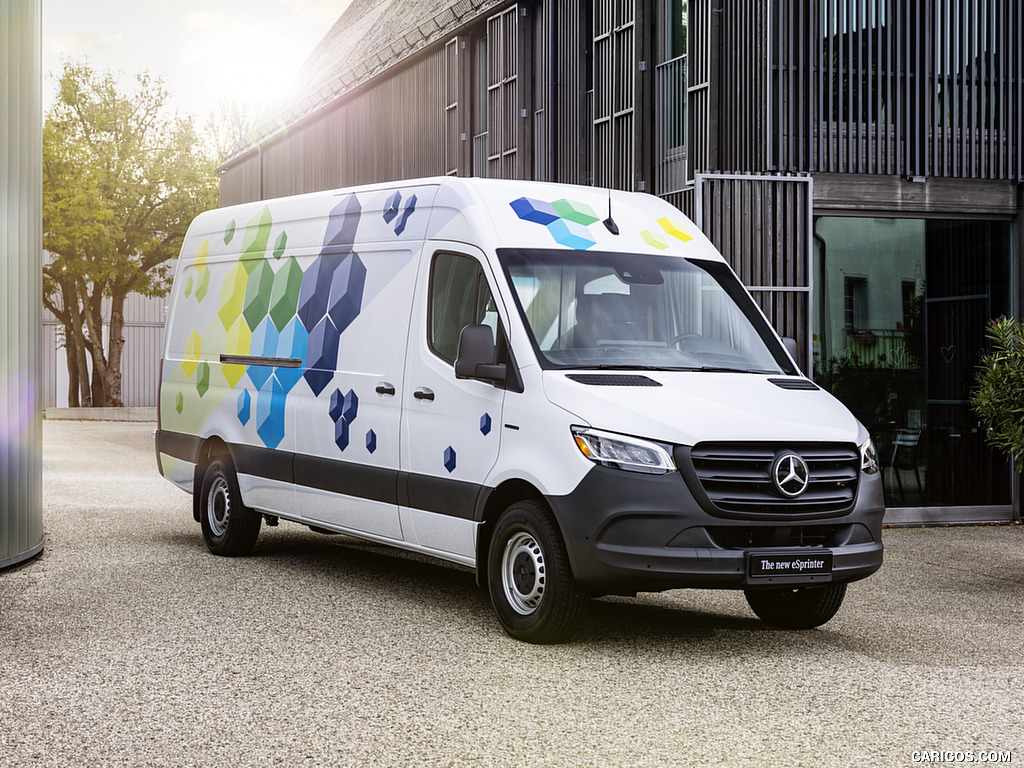 \n
\n
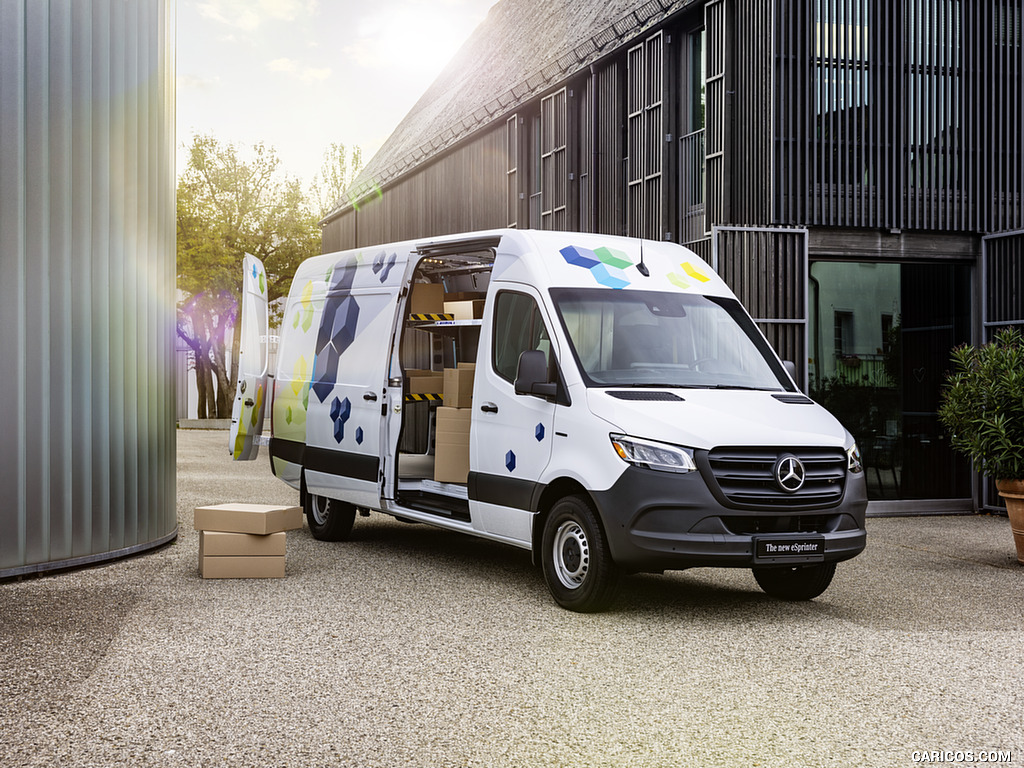 \n
\n
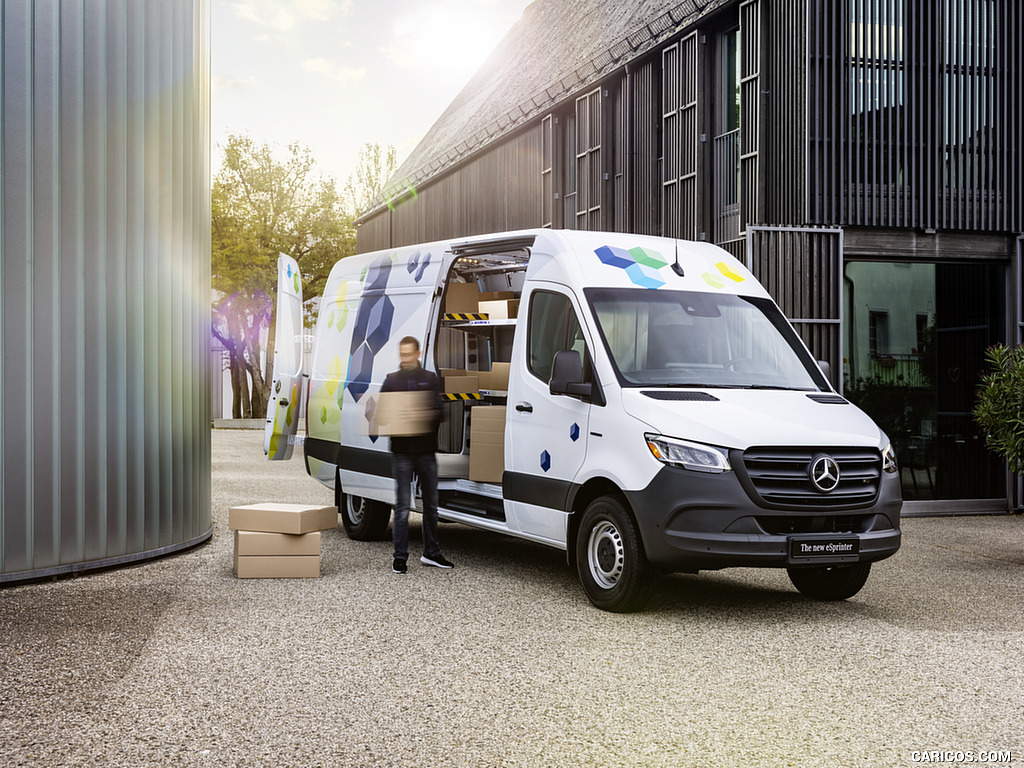 \n
\n
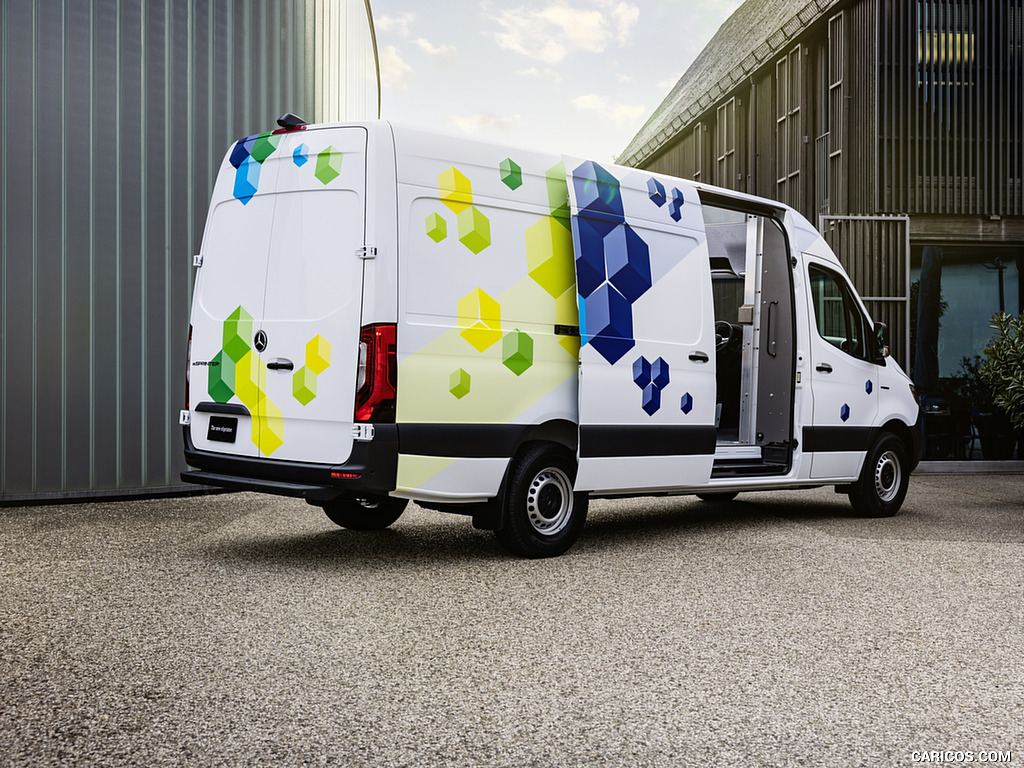 \n
\n
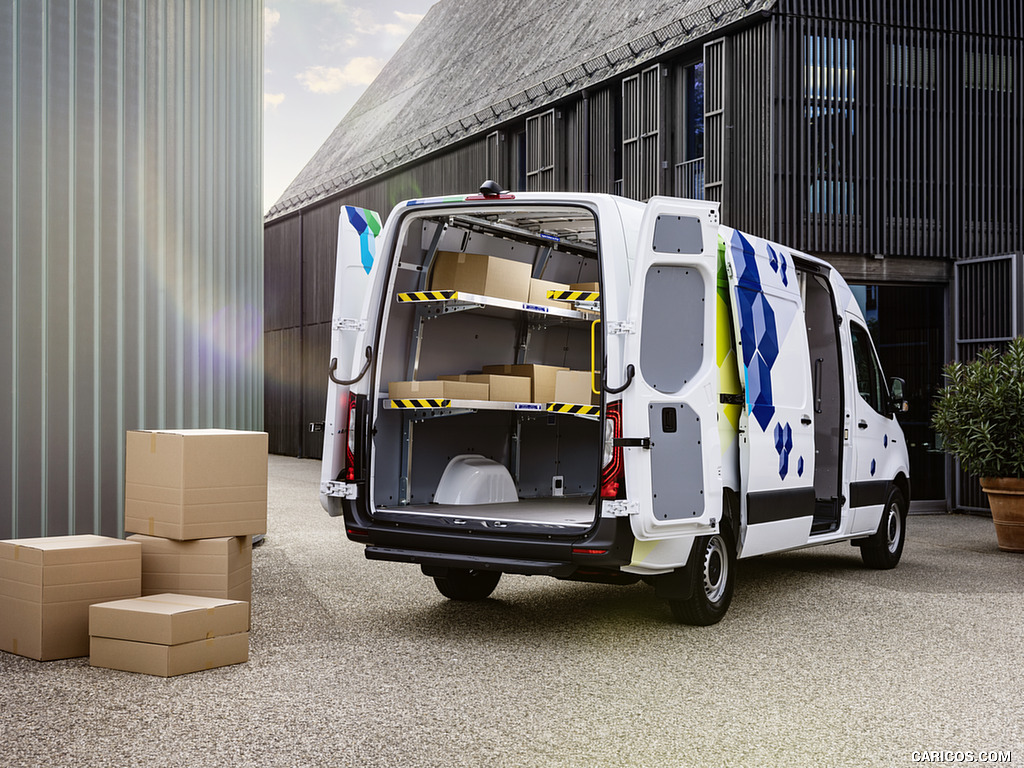 \n
\n
 \n
\n
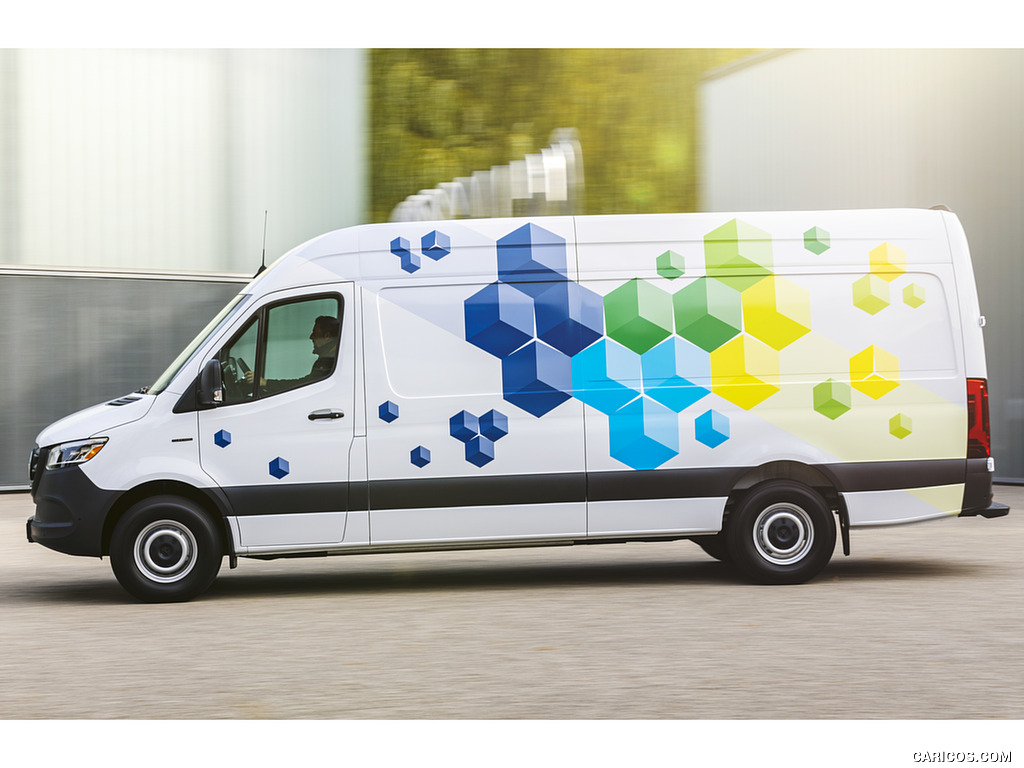 \n
\n
 \n
\n
 \n
\n
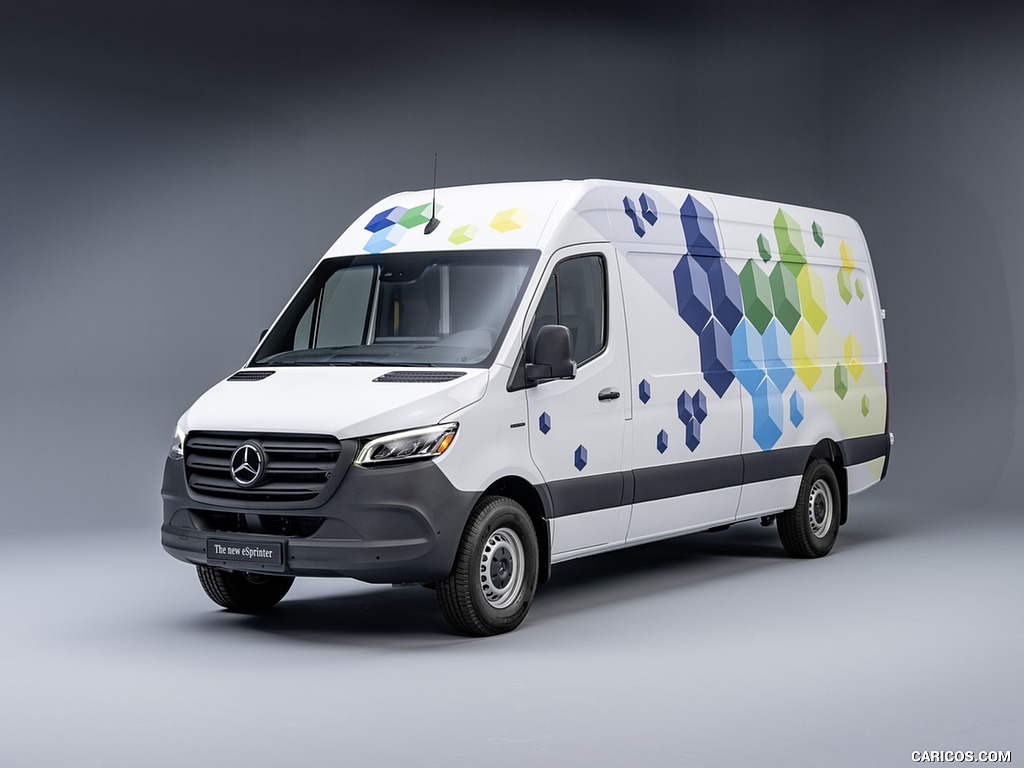 \n
\n
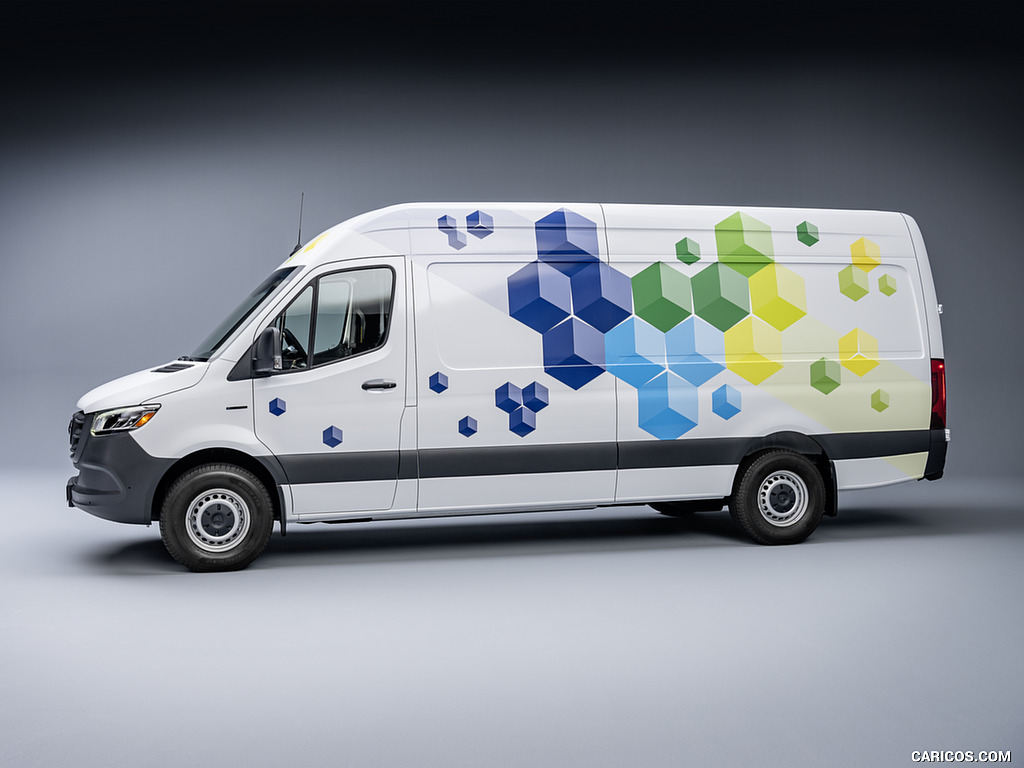 \n
\n
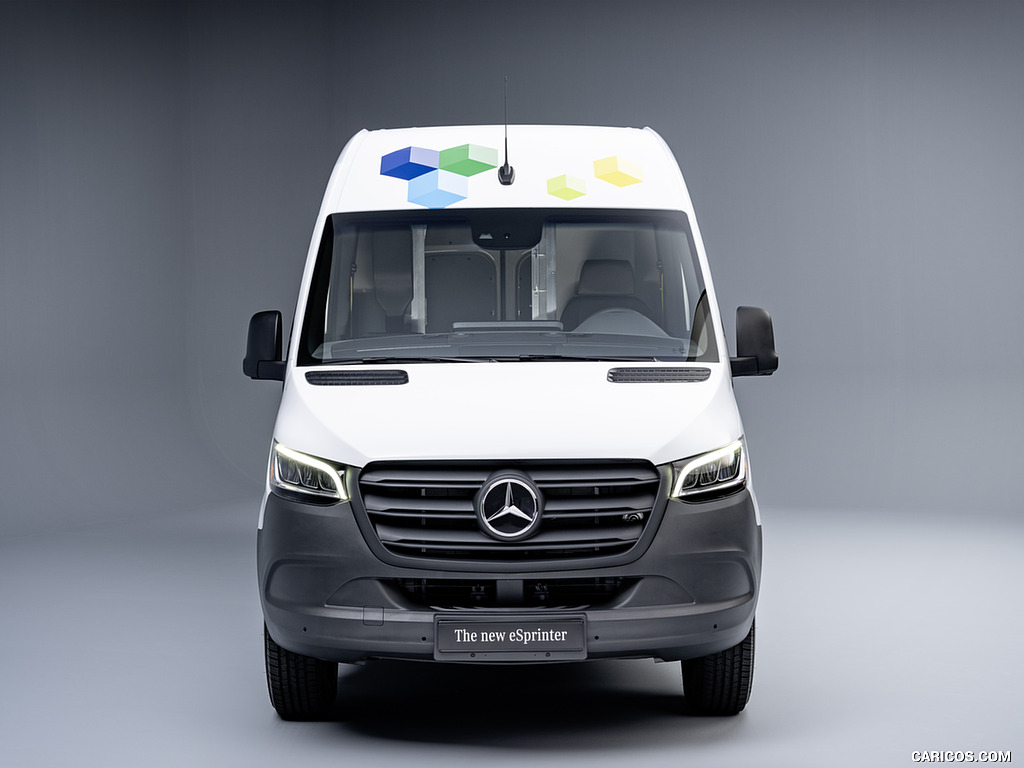 \n
\n
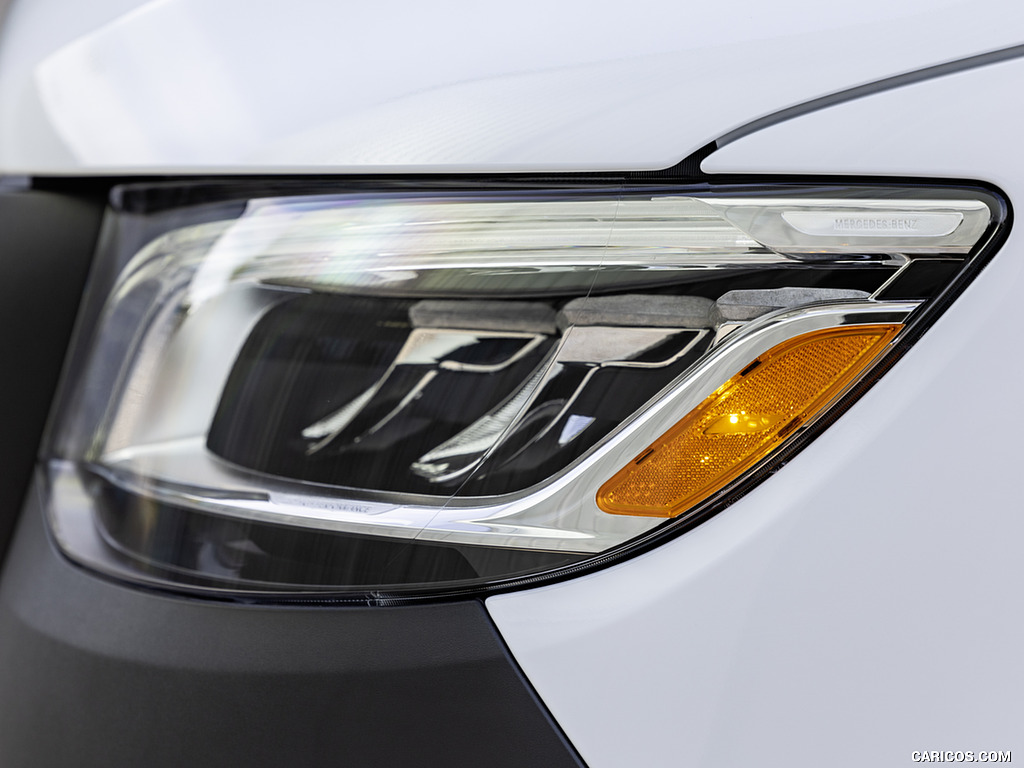 \n
\n
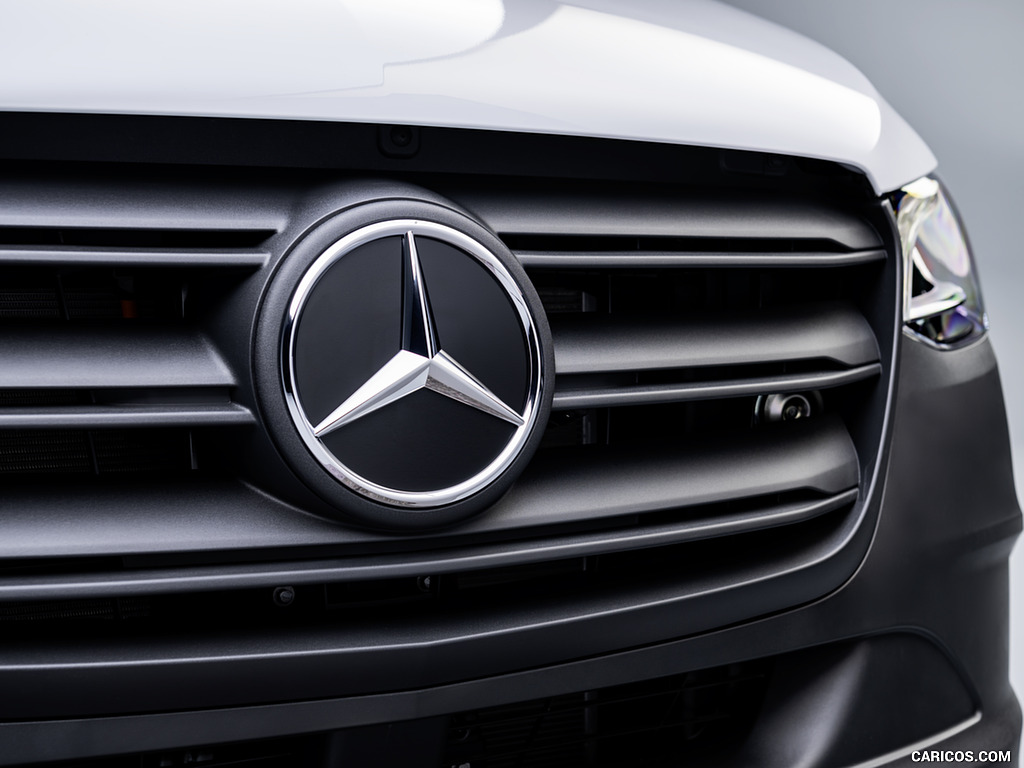 \n
\n
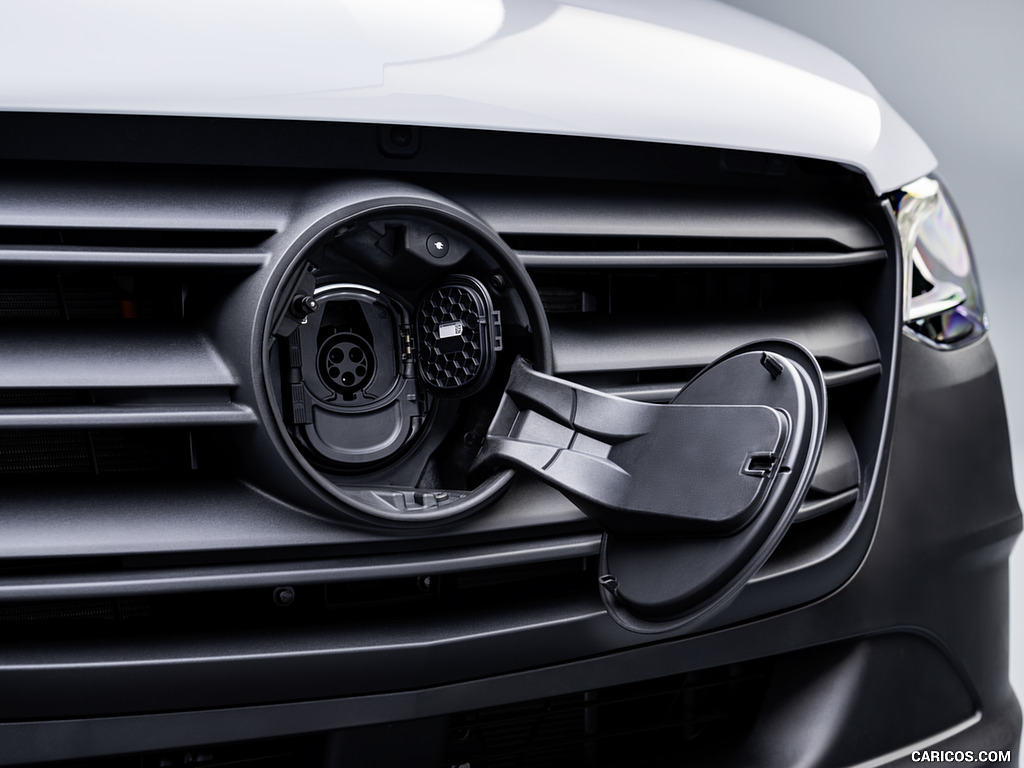 \n
\n
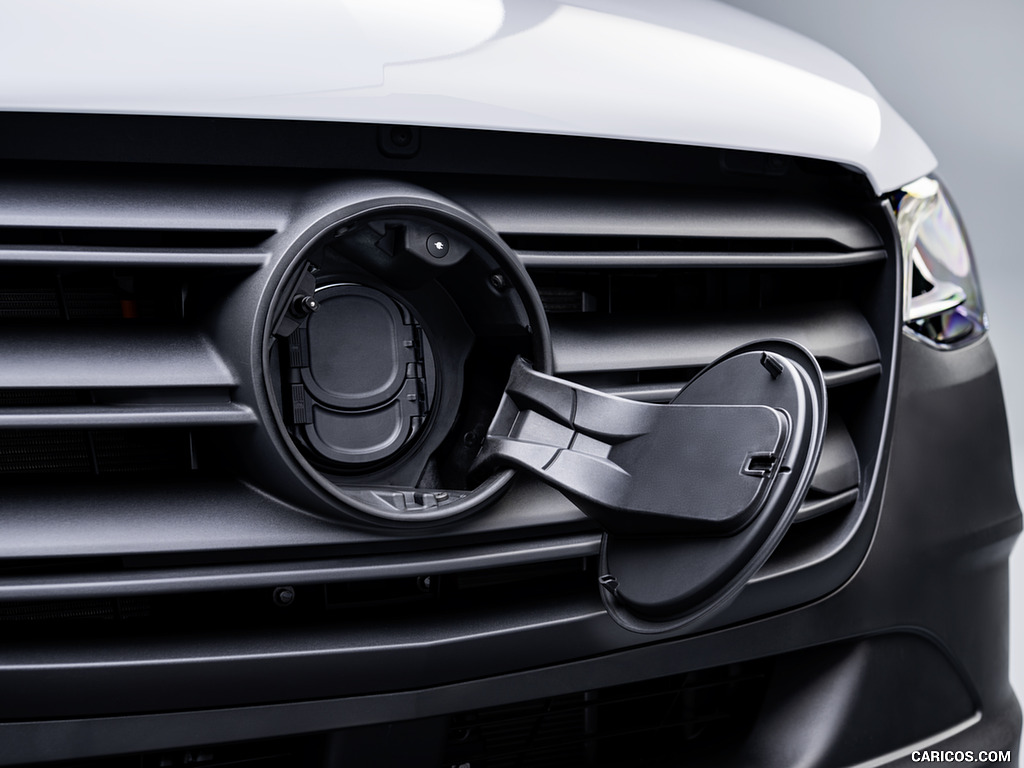 \n
\n
 \n
\n
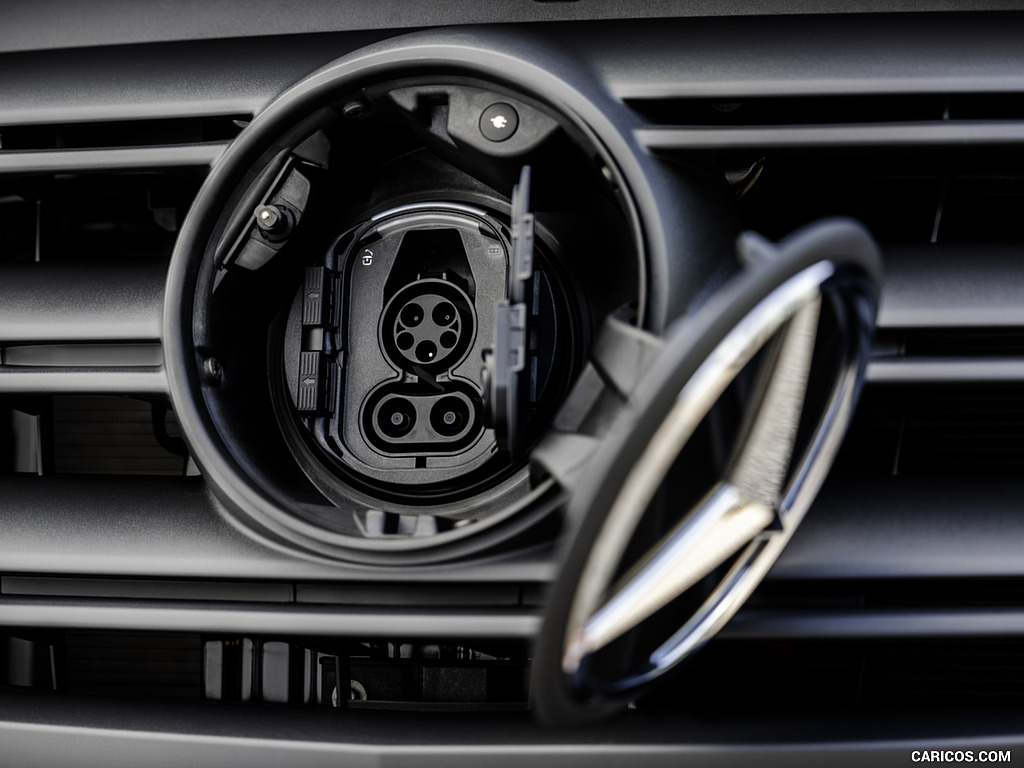 \n
\n
 \n
\n
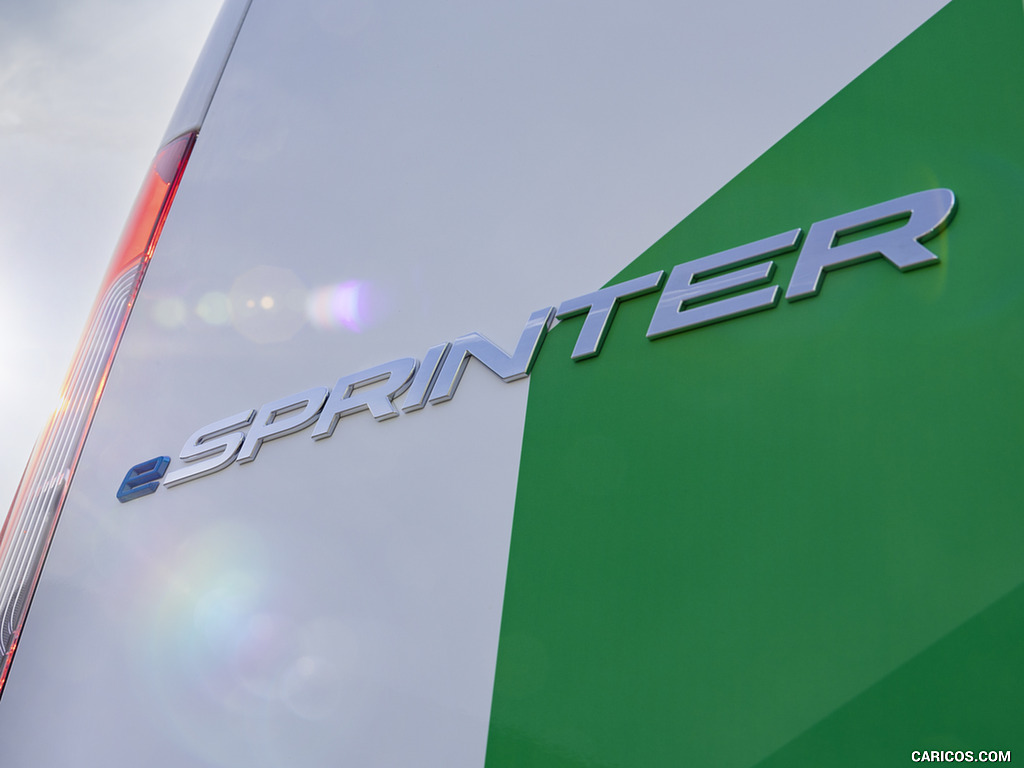 \n
\n
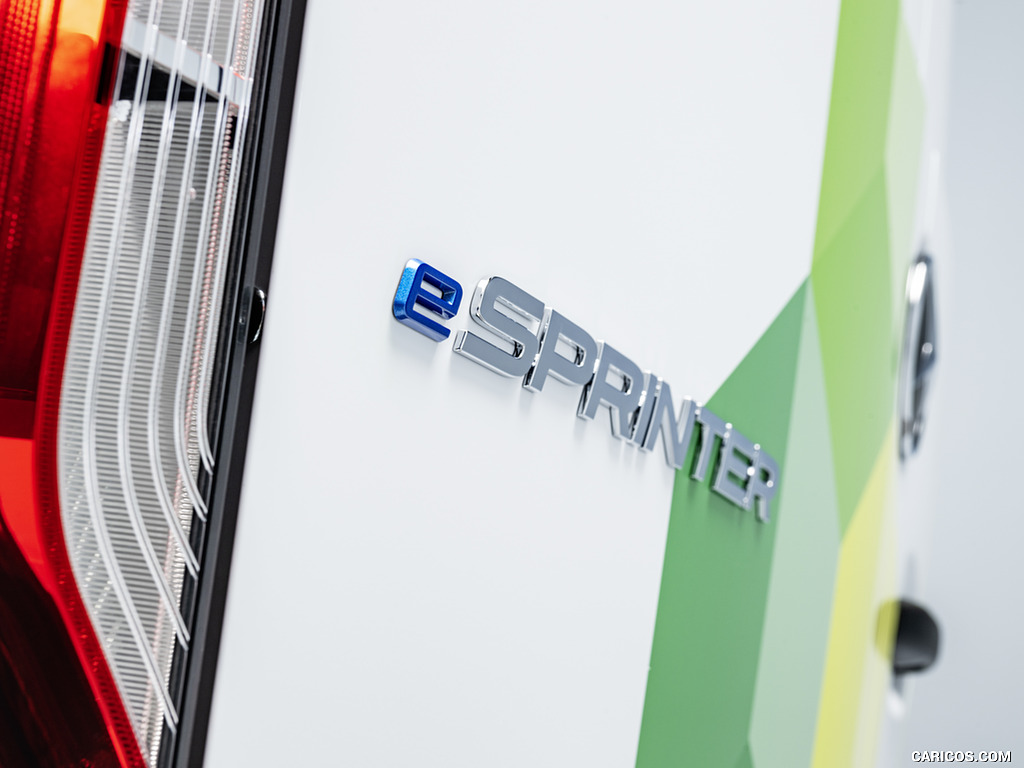 \n
\n
 \n
\n
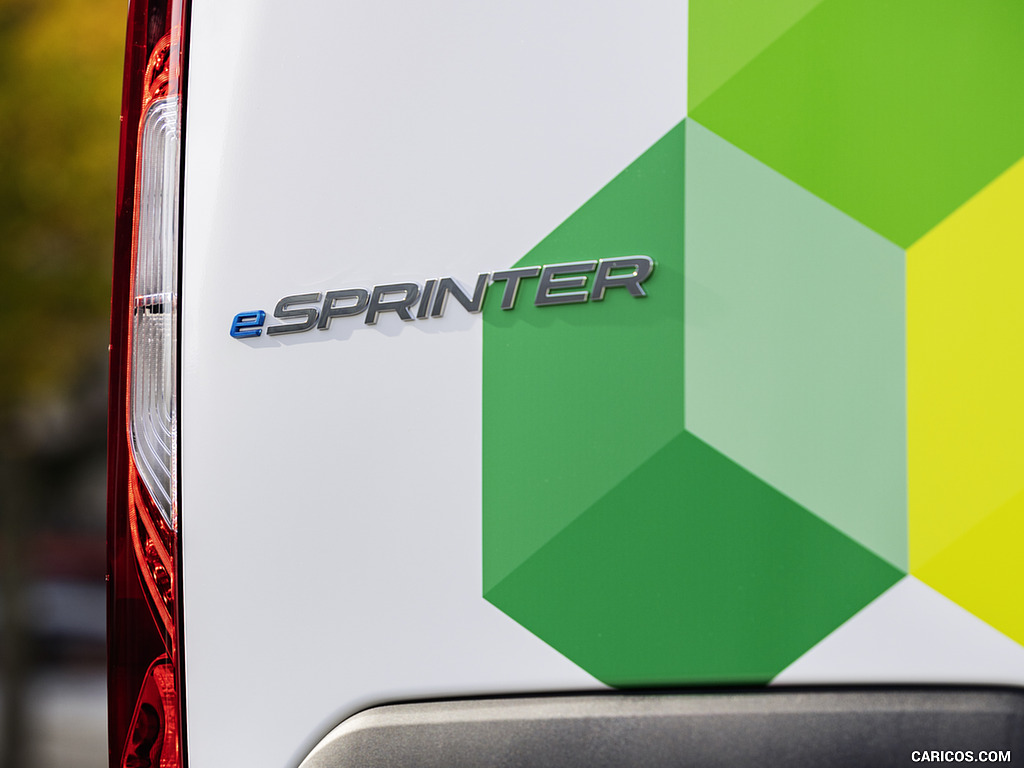 \n
\n
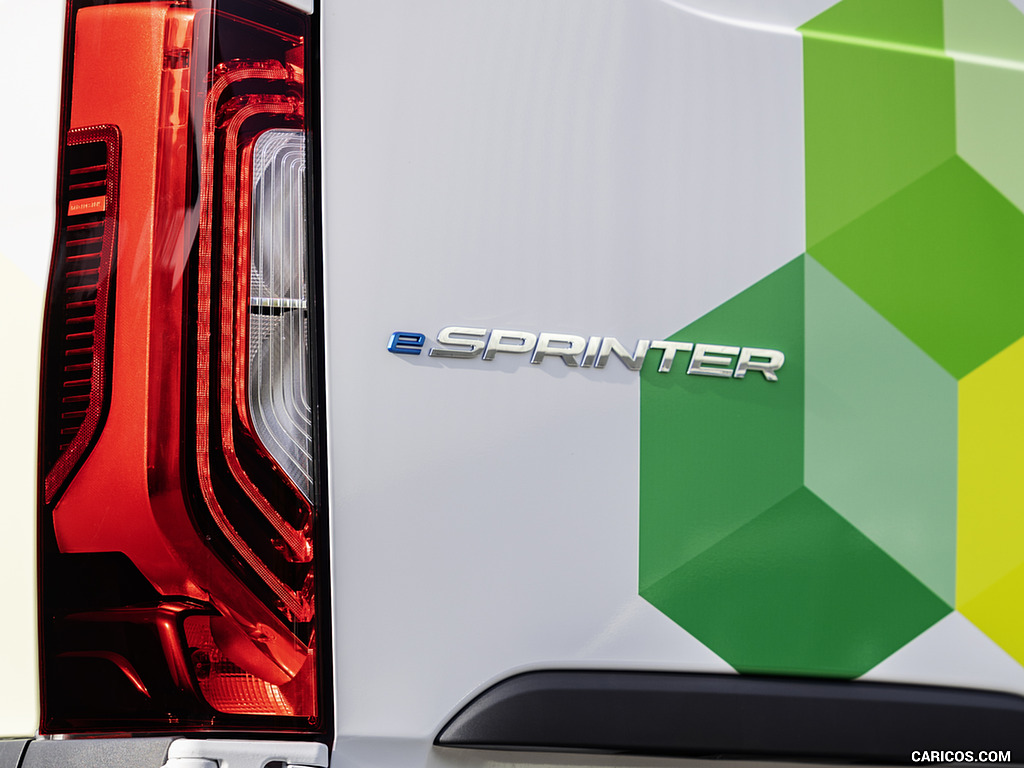 \n
\n
 \n
\n
 \n
\n
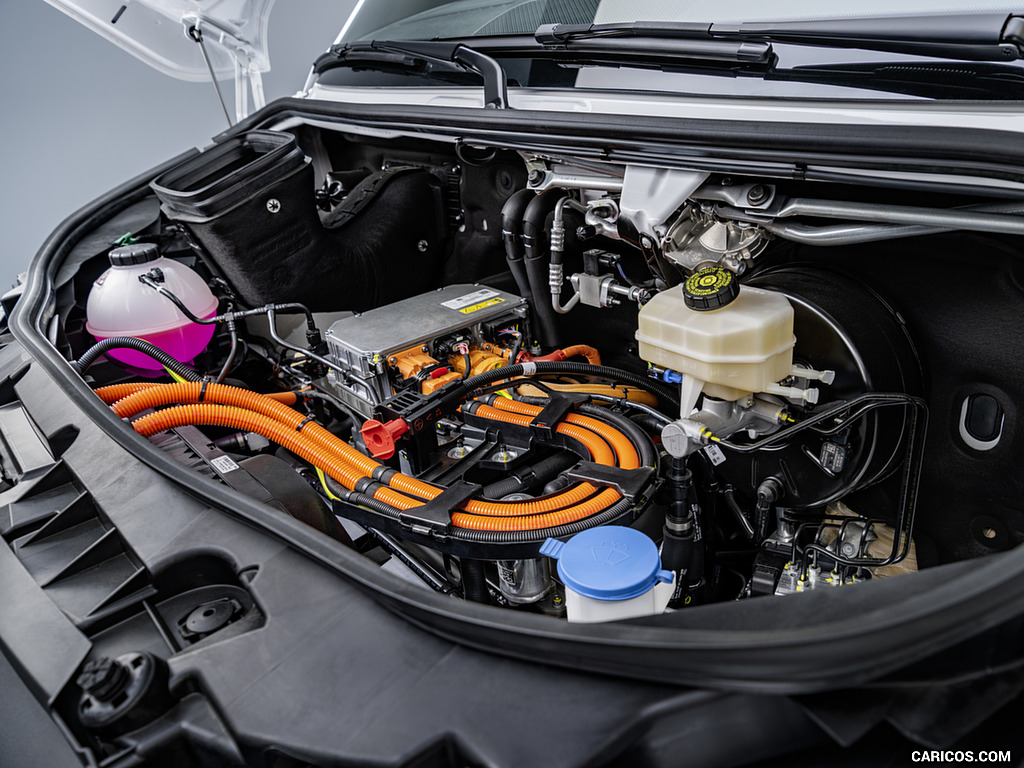 \n
\n
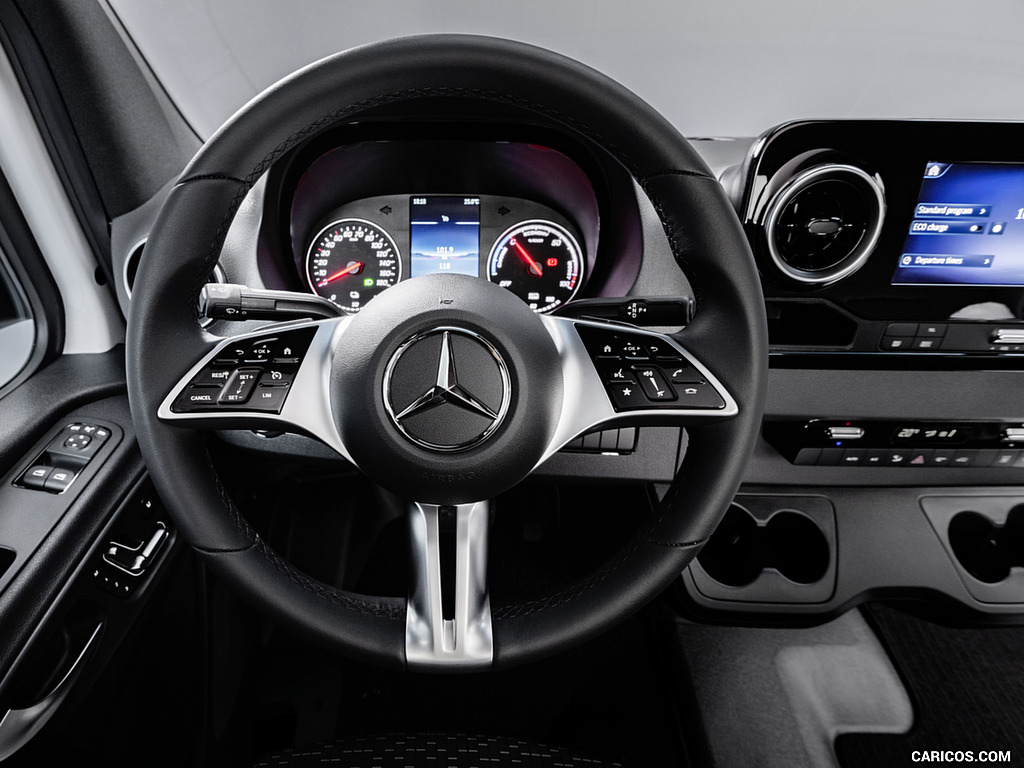 \n
\n
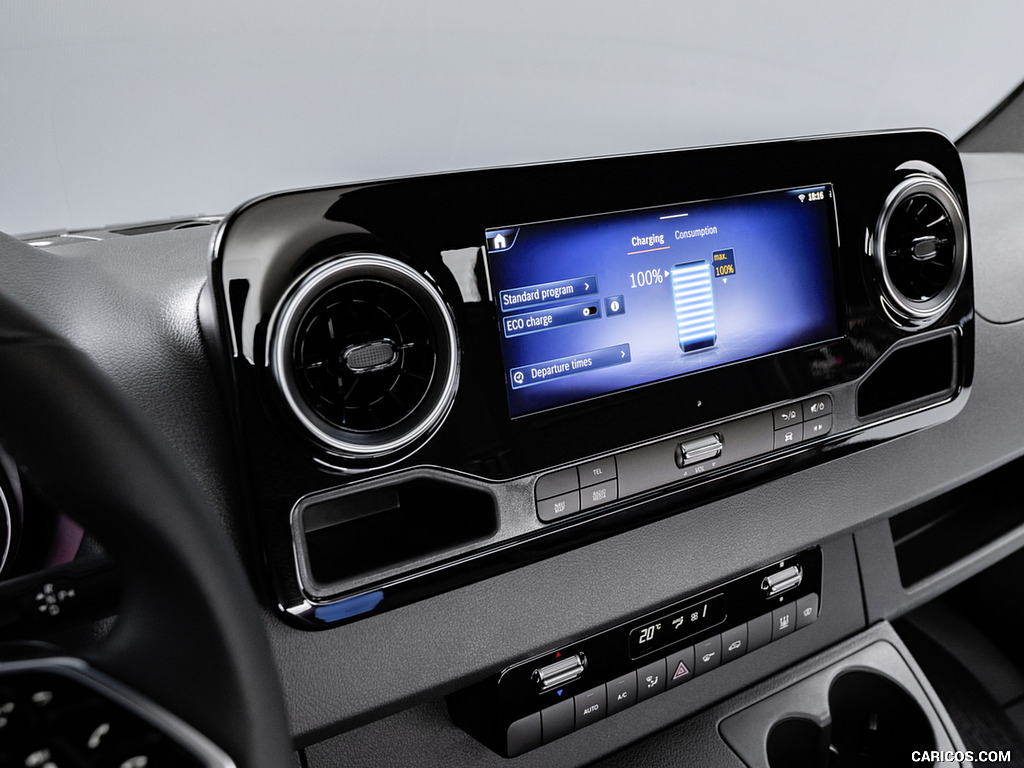 \n
\n
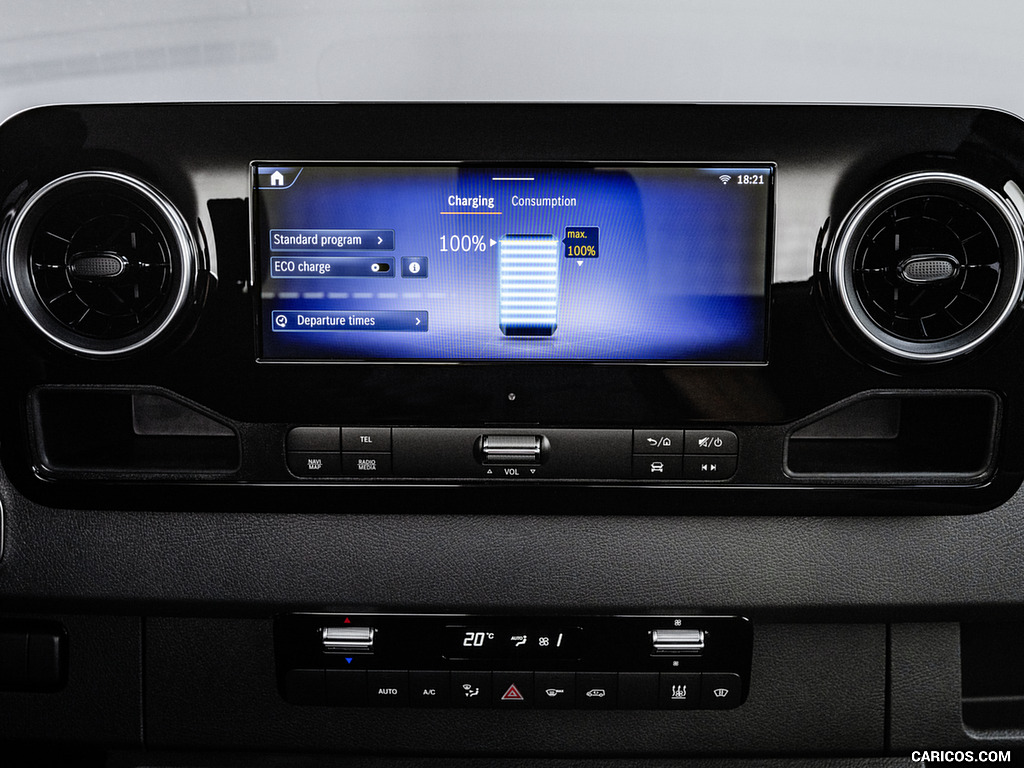 \n
\n
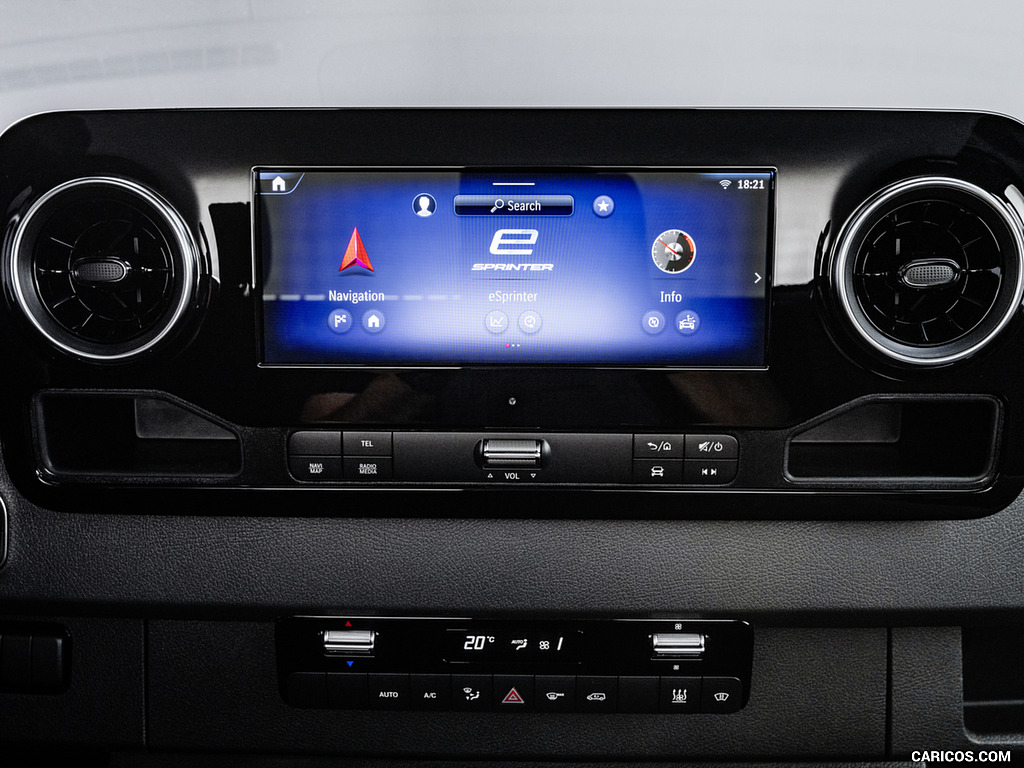 \n
\n
 \n
\n
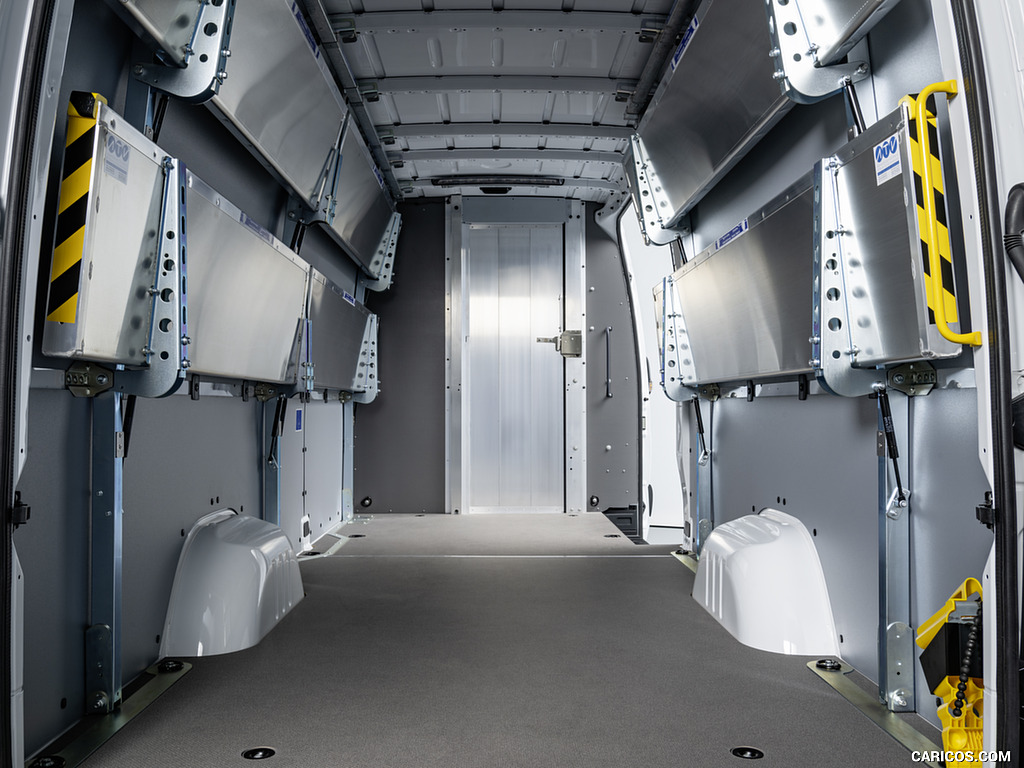 \n
\n
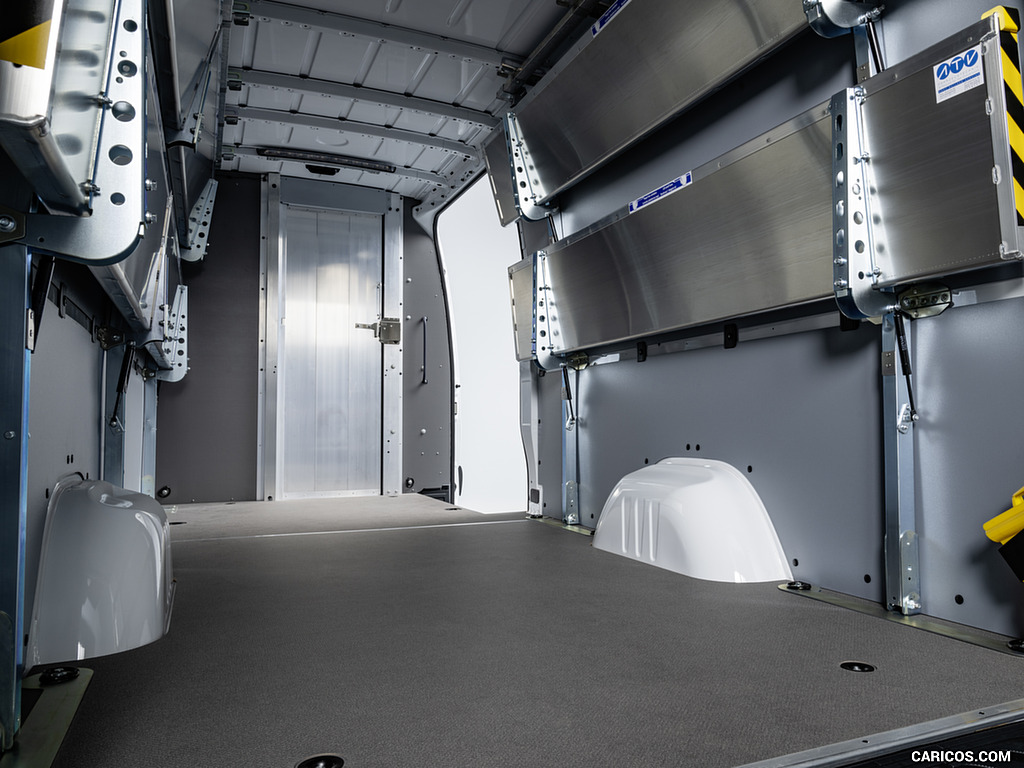 \n
\n
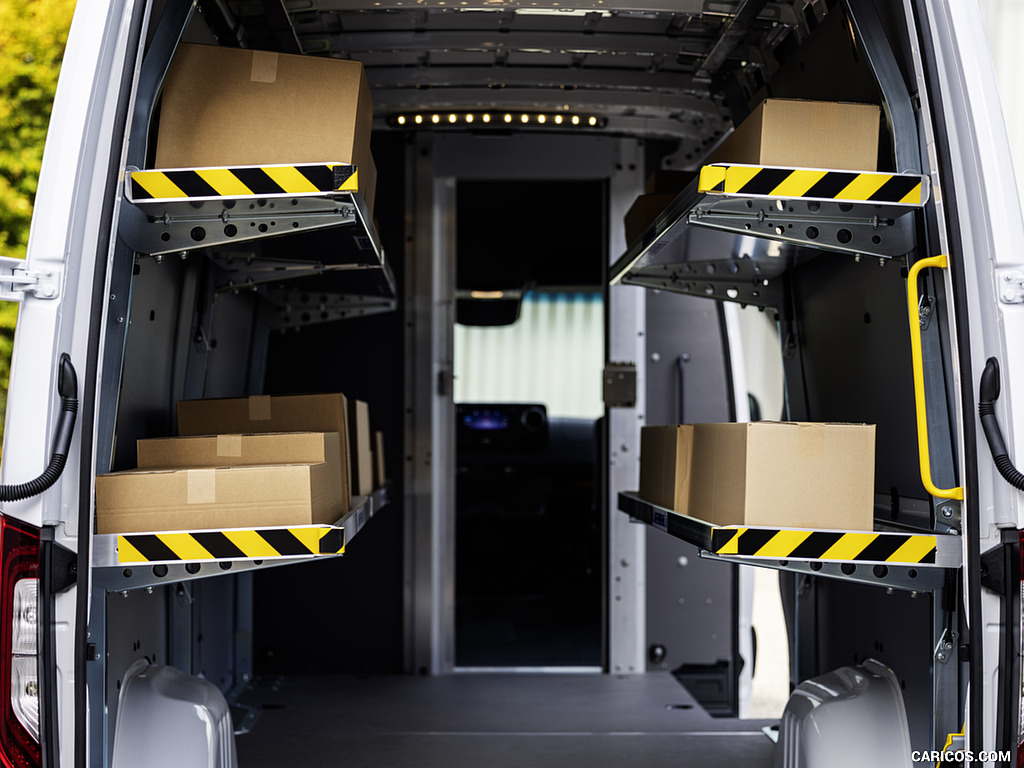 \n
\n